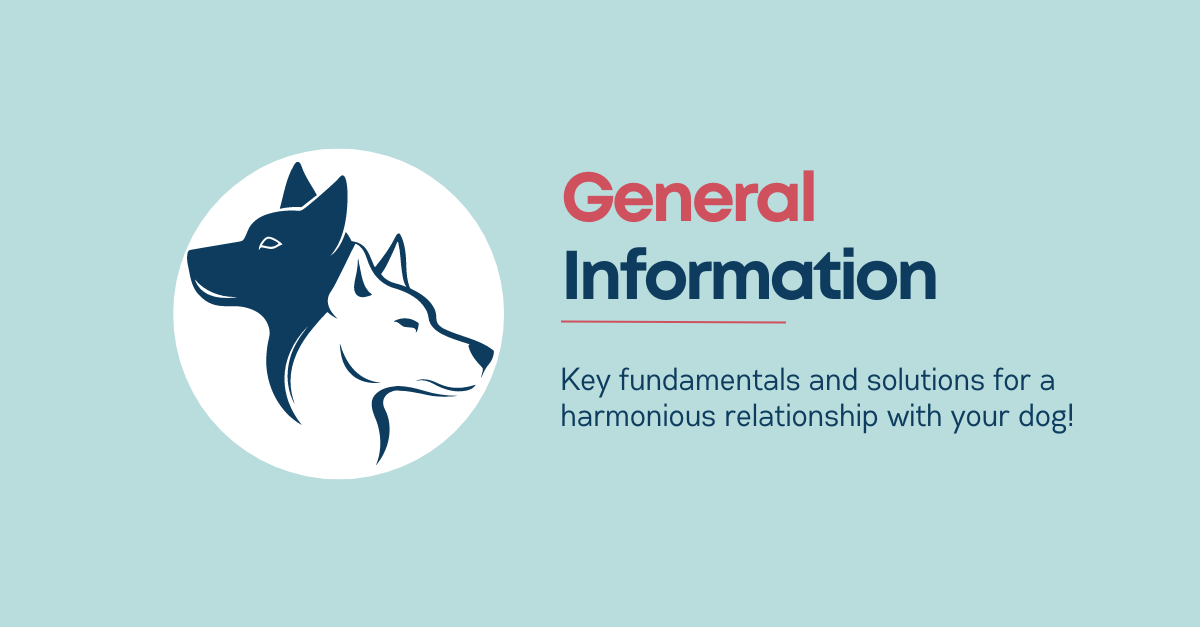Canine fitness encompasses not only the physical well-being of your dog through exercises but also its mental and emotional health, ensuring an overall state of well-being. While most pet owners understand the necessity of keeping their dogs actively engaged with sufficient exercise to maintain good health, the specifics on achieving and quantifying these goals often remain vague.
From structured exercises that boost cardiovascular health to playful interactions with other dogs that enhance social skills, canine fitness is a broad concept that requires a mix of knowledge, dedication, and practical activities. Without a clear understanding, it can be challenging to ensure your dog is getting the right amount of stimulation and physical activity needed for its well-being.
When we talk about canine fitness, it’s not simply about having a dog that bounds with energy or one that can jump through hoops. Canine fitness goes beyond a single dimension – it’s a multi-faceted approach that targets several areas of a dog’s health:
The 5 Components of Canine Fitness
- Cardiovascular Health: Just like us, dogs need to keep their heart and lungs in shape. But how do you ensure your dog’s cardiovascular system stays robust?
- Strength: Strong muscles lead to better agility, stamina, and performance in daily tasks, from jumping into the car to going for a jog.
- Flexibility: A supple dog is less prone to injuries, and they experience better joint health and greater mobility throughout life.
- Balance: Never underestimate the value of good balance in your dog. It’s crucial for skillful movements and reduced likelihood of falls and accidents.
- Mental Fitness: A stimulated mind is just as important for a healthy life as a fit body. Mental exercises can reduce anxiety, improve obeisance, and enhance the overall happiness of your pet.

Understanding canine fitness allows us to examine how dogs have historically participated in physical activities and underscores the importance of incorporating conditioning exercises into their current routines to achieve fitness goals and enhance their overall well-being.
Check out our canine fitness and conditioning and conditioning program!
A Brief Canine History and Shifts in Physical
Dogs are descendants of wolves, but around 20,000 – 40,000 years ago, some wolves started hanging around human settlements, becoming the domesticated dogs we know today. Initially, dogs helped with hunting but over time, humans selectively bred them for specific tasks such as herding, guarding, and hauling. Certain dog breeds have been shaped by these jobs.
Border Collies

Border Collies, known for their herding prowess, exhibit a remarkable combination of physical and behavioral attributes that make them exceptionally suited to their tasks. Their role in herding sheep requires not just balance but a highly developed form of coordination, allowing them to move in harmony with the animals they guide. This breed possesses finely tuned muscles, honed through regular exercise and activities that enhance their agility and overall fitness.
The physical exercises that Border Collies engage in whilst herding sheep’s contribute significantly to their body awareness, enabling them to navigate complex movements with ease. This body awareness, coupled with their innate balance and their ability to quickly focus ensures they can maintain control and precision in their movements, essential for effective herding.
Dachshunds

Originally bred to hunt badgers, Dachshunds possess a unique body form that combines considerable strength with a streamlined shape, ideal for digging. This breeding for specific tasks emphasizes body awareness and injury prevention, making them exemplars of canine conditioning. The muscle mass required for their traditional work supports mobility and balance, while their focused form and coordination help prevent injuries. As we’ve moved from agrarian to industrial, and now to digital lifestyles, understanding the physical demands these dogs were bred for can enhance our approach to their fitness, highlighting the importance of maintaining their muscle mass, mobility, balance, form, focus, and coordination to prevent injuries.
The Modern Sedentary Lifestyle
Today, many dogs live in urban settings, spending the majority of their day indoors. This contrast from their historical roles has led to health issues, much like our own. The lack of physical activity can result in obesity, joint problems, and a raft of health concerns. Our canine friends were not bred for this sedentary life, and they need alternative methods to stay healthy.
Canine Conditioning in the Modern Age
Canine conditioning doesn’t mean running your dog ragged, but rather finding a routine that incorporates a mix of exercises focusing on the five components listed above.
How to Create a Fitness Plan for Your Furry Companion
Just as a one-size-fits-all approach doesn’t work for human fitness, it doesn’t work for dogs either. The key to a successful fitness program is tailoring it to your dog’s breed, age, and any existing health conditions, focusing on conditioning exercises that promote proper form, mobility, and physical benefits.

- Cardiovascular Workouts: These can include brisk walking, running, swimming, and even playing fetch.
- Muscle-Building Exercises: Utilize toys like Tug-of-War ropes or toys that encourage controlled tugging or resistance to build strength.
- Flexibility and Range-of-Motion: Gentle stretching can greatly benefit your dog, especially before and after any serious physical activity.
- Balance and Coordination: Practicing tricks or using balancing equipment designed for canines can improve your dog’s stability.
- Mental Exercises: Engage your dog’s brain with puzzle toys, obedience training, or even learning new tricks.
Remember, the frequency and intensity of these exercises should always be based on your dog’s current fitness level. Consulting a certified canine fitness professional can significantly contribute to injury prevention and enhance your dog’s well-being. These experts have extensive knowledge about the best tools and equipment for your dog’s exercise routine, offering tailored training and conditioning exercises for optimal health.
Check out our offering on canine fitness and conditioning!
Preventative Canine Fitness
It’s crucial to view fitness not just as a goal, but as a preventative measure against future health issues. Strengthening exercises play a pivotal role in preventing hip dysplasia, a common problem where knowledge and targeted training can make a significant difference. By focusing on exercises that encourage correct patella movement and muscle development, we can safeguard against potential injuries down the line, much like injury prevention strategies in humans.
It’s important to note that applying the wrong exercises could aggravate your dog’s health conditions. As the dog training industry in Singapore is highly unregulated, it’s important that you perform extensive research and find a trusted canine conditioning coach.
We also have an article that describes what you can expect from a canine conditioning coach!
Parallel to this, in humans, preventing obesity through a combination of diet and exercise reduces the risk of developing diabetes, while engaging in regular cardiovascular exercise can significantly lower the risk of heart attacks. This approach to fitness, centered around injury prevention and the achievement of fitness goals, promotes overall well-being. By applying similar principles to both humans and animals, we can ensure a higher quality of life, free from the constraints of preventable health issues.
The Benefits of Canine Fitness
Ensuring your dog is well-exercised brings with it a plethora of benefits, both immediate and long-term. A fit dog is a happy dog, with improved mental well-being and reduced stress and anxiety. They also require less frequent vet visits and are less likely to need medication or surgeries associated with obesity or lack of conditioning.

Physical and Mental Stimulation
Canine fitness isn’t just about physical prowess; it’s also a key contributor to a dog’s mental health. Dogs who are well-exercised display less destructive behavior and are generally calmer and happier.
Preventative in nature
The cost of treating preventable health issues can be astronomical. By investing time in your dog’s fitness, you’re investing in their long-term health, potentially saving thousands in medical bills.
Longevity and Quality of Life
An active dog is likely to have a longer, more fulfilling life. By engaging in regular fitness activities, you’re not only adding years to your dog’s life but also life to their years.
In summary, the key to canine fitness is understanding and addressing the unique physical and mental needs of our canine companions. Tailoring an exercise plan that addresses each component of fitness is essential in keeping these amazing animals healthy and happy. Just as with humans, an ounce of prevention in the form of exercise can truly be worth a pound of cure for man’s (or woman’s) best friend.








